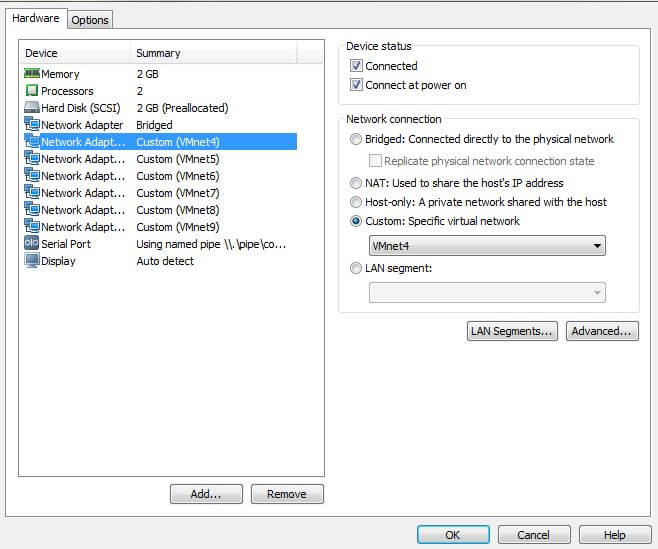Cisco Nexus Titanium Emulator Average ratng: 3,5/5 6573 reviews
NX-OS/Titanium software (“NX-OS/Titanium Software”) and related documentation, files or other reference materials (“Documentation”) are the proprietary property and confidential information of Cisco Systems, Inc. (“Cisco”) and are protected, without limitation, pursuant to United States and International copyright and trademark.

This free tech tip was brought to you by SpeakGeekToMe.com Some time in the recent past the Cisco Nexus Titanium Emulator was leaked to the internet and as you can imagine it popped up all over the internet. It is as easy as doing a simple Google search to find and download your very own copy to this software. The Cisco Nexus Titanium Emulator is just that it is an emulator of a Nexus 7000 series switch, and will allow you to get your fingers wet on using the Nexus Operating System (NX-OS). The emulator does not have every function that a real Cisco Nexus switch will have, but it is functioning and is good at getting you started in learning the NX-OS system. I have just begun to play with the emulator and in my first few min of playing I have found that it does not allow the creation of VDCs or vCPs. I’m assuming that since the emulator is a virtual version of the real thing, and trying to create a virtual 7K (VDC) inside an already virtual device is not supported.
Would be cool to do VDCs and have nested virtual devices. I do not see the LACP protocol on the emulator so that would mean I can’t create vCPs. But as I said I just started playing with the Cisco Nexus Emulator so there might be a way to perform the function and I have not found them yet.
This video will step you through 1. Uploading Cisco Nexus Titanium to your VMware ESXi host Datastore 2. Configuring the VMware ESXi host internal switch to allow different VLANs for different ports on the Cisco Nexus Emulator 3. Adding the Cisco Nexus Emulator to the VMWare ESXi host inventory 4.
Editing the Cisco Nexus Emulator virtual machine settings 5. Powering on the Cisco Nexus Emulator virtual machines 6. Configuring the VMWare ESXi host service.xml file via SSH and VI to allow access through the ESXi firewall with telnet to a unused port on the system 7. Using putty to access the console port of the Cisco Nexus emulator via telnet 8. Configuring the mgnt0 port for the local management network addressing 9. Using putty to access the management port of the Cisco Nexus emulator via telnet 10.
Configuring trunk ports between two Cisco Nexus emulators on e2/1-2 ports 11. Confirming the trunk ports are up via Show Interface Brief 12. Confirm Spanning Tree Protocol calculated root ports and blocked and forwarded the correct ports 13. Servidores linux guia prtico carlos e morimoto download pdf. Confirm what VRF context the management port is in 14. Confirm connectivity via the ping command by pinging across the trunks using the correct VRF context. This free tech tip video was brought to you by SpeakGeekToMe.com.
